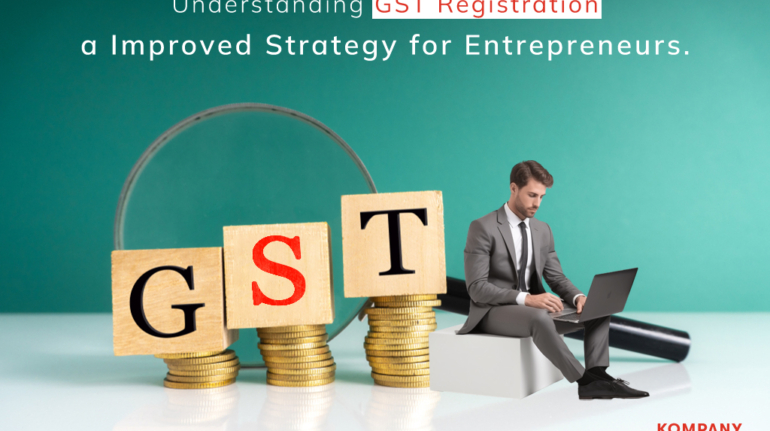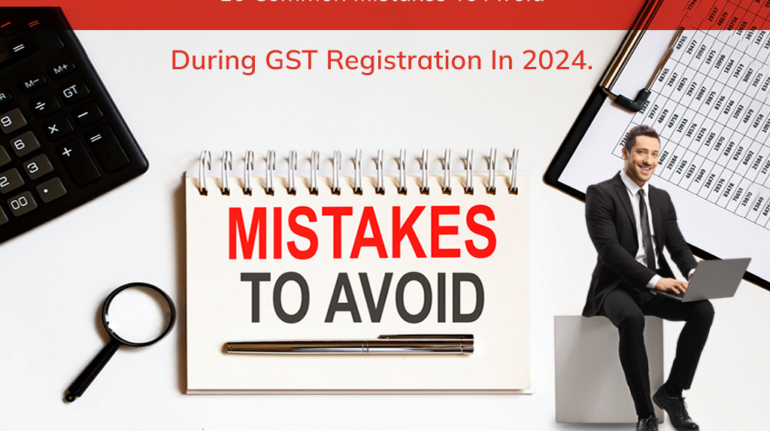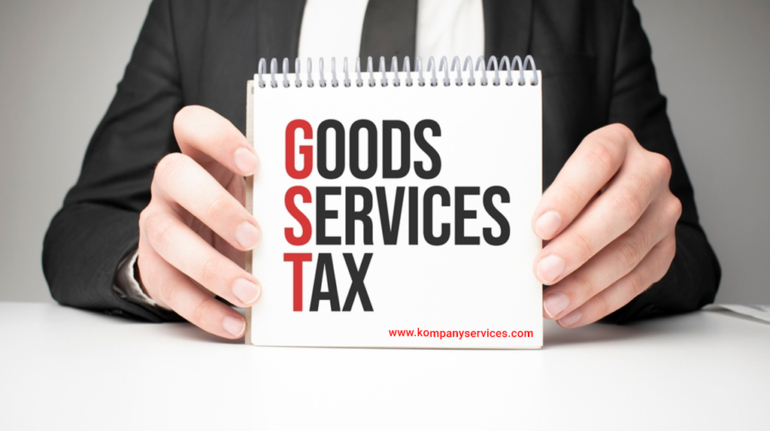Understanding GST Registration: A Improved Strategy for Entrepreneurs
Entrepreneurship can be both a thrilling and difficult endeavor, particularly for new businesses. Entrepreneurs must adeptly navigate the registration procedure for the Goods and Services Tax (GST), which is a critical component. Ensuring GST registration is a fundamental prerequisite for enterprises to function lawfully and in adherence to tax regulations. The objective of this article is to furnish businesses with an all-encompassing manual that clarifies the GST registration procedure. Everyt ...










